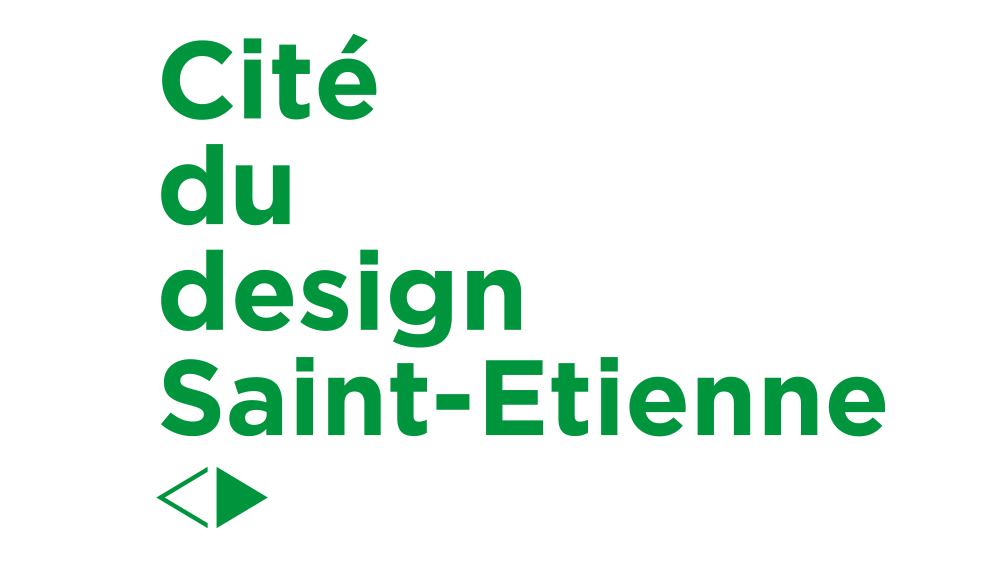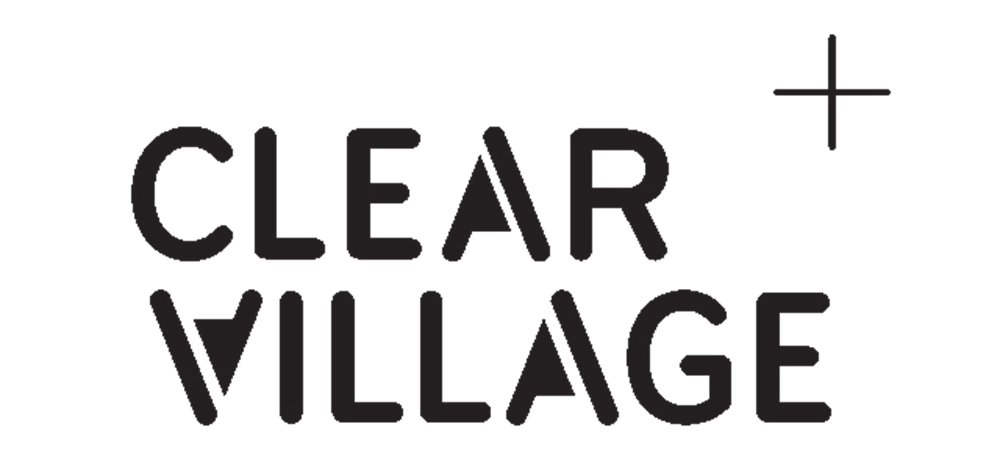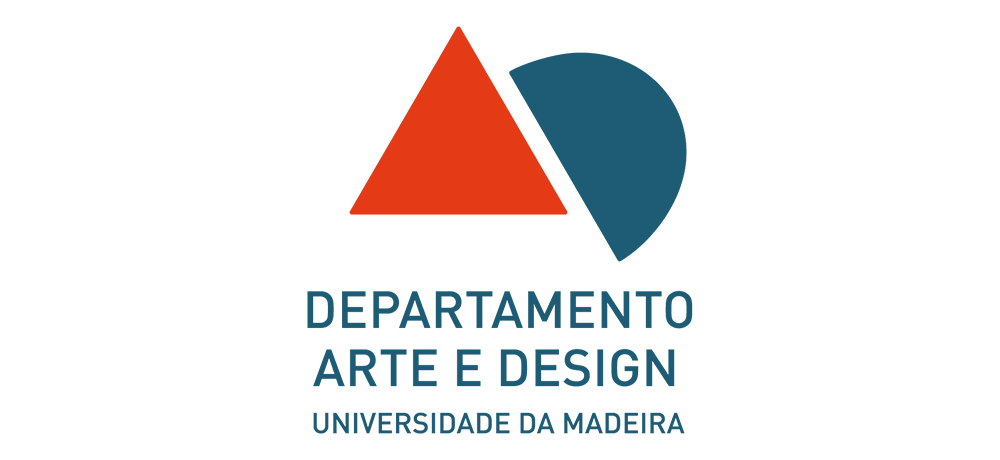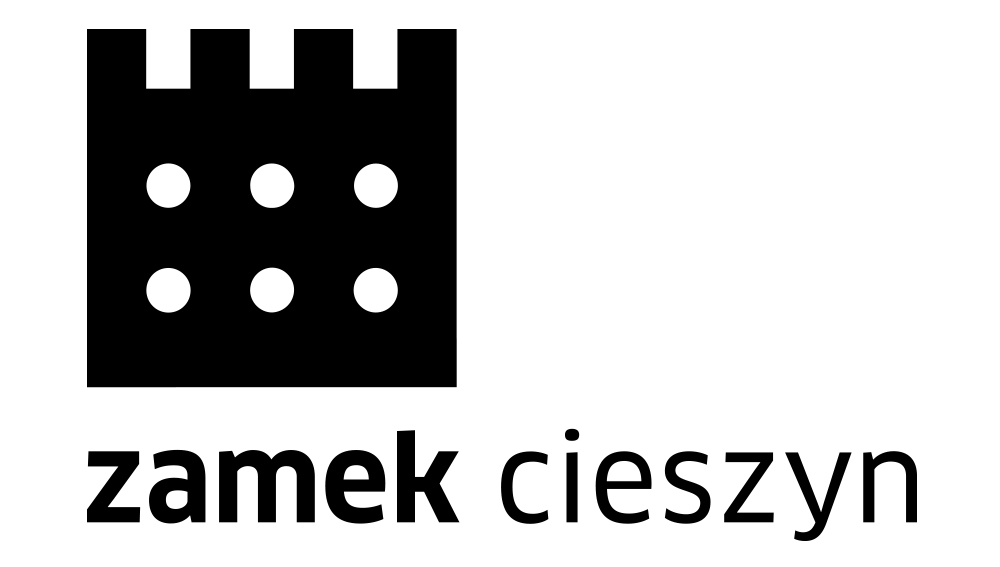What
“Human cities-SMOTIES: Creative works with small and remote places” is a research project co-funded by the Creative Europe programme of the European Union. It started in November 2020 and ends in October 2024.
SMOTIES aims at developing spatial and service solutions by designing cultural and creative innovations in ten European small and remote places conducted by ten leading universities and experts in Europe.
The project is part of the Human Cities network, an interdisciplinary exchange platform founded in 2006, formed by a network of design, art and architecture universities, centres, and consultancies spanning all Europe promoting the livability of public spaces by using participatory design as an approach to supply systems of process and innovation.
Why
We believe in transforming remote places into more liveable spaces by involving local residents in the development of cultural and creative activities.
The Human Cities network has consolidated its approach in several European contexts, creating opportunities to implement innovative experimentations, nurturing networks, building capacity with local stakeholders, and promoting cultural values. The primary focus is on culture-led innovation to stimulate and enable diverse creative activities and to regenerate a city’s or region’s economic and social progress through engagement with local ecosystems.
With SMOTIES, the Human Cities platform shifts its focus from the urban context, applying its approach to 10 small remote areas in Europe which are depopulated, relationally distant, and depositories of material and immaterial culture that risk being undervalued, not consolidated, not passed on to the next generation, and hence lost. SMOTIES aims to uncover and stimulate potential avenues for local evolutionary processes by leveraging less known existing excellence niches.
How
Through the dialogue with local communities, co-design workshops, traveling exhibitions and seminars, prototyping activities, training and masterclasses, and publications.
Each partner selected a small and remote place in their country to benefit from the design of cultural and creative innovations within public spaces and in collaboration with local stakeholders. The partnership of ten public institutions, design centres, creative agencies, national associations, and research centres is distributed throughout ten European cities. They defined themselves as Nodes of Creativity within the consolidated network integrated into their national and international spheres. They work with small and remote places as interlocutors, activators, and supporters of creative works to be anchored in public spaces through a shared methodology that guarantees a process of engaging local communities for audience development, transnational mobility of creative professionals, masterclasses, and training for capacity-building purposes and an evaluation of the impact to generate a long-term legacy in the involved contexts.
Partners have a consolidated role in their creative sector: the Department of Design of Politecnico di Milano (Milan, Italy); Cité du Design, Ecole Supérieure d’Art et de Design (Saint-Etienne, France); Clear Village Trustee Limited (London, UK); FH Joanneum, University of Applied Sciences (Graz, Austria); Urban Planning Institute of the Republic of Slovenia (Ljubljana, Slovenia); Estonian Association of Designers (Tallinn, Estonia); University of the Aegean, Department of Product and Systems Design Engineering (Ermoupolis, Syros, Greece); Zamek Cieszyn (Cieszyn, Poland); Universidade da Madeira, Art & Design Department (Funchal, Portugal); Alternance slf (Reykjavik, Iceland).
In this framework, SMOTIES focuses on networked, participatory, and local creativity as a resource for a territorial identity (communication, life quality, image, reputation, innovation clusters, etc.) for regional and destination development. The capacity to act and regenerate the SMOTIES small and remote communities is supported by the implementation of participatory design and social innovation practices, underpinned by the belief that strategies based on culture-led regeneration and development have the potential to bring about transformative changes. The cultural and creative sectors provide both economic and social benefits. On a social level, they enhance well-being and foster community cohesion. In terms of economy, they generate local tax revenue, create jobs, drive innovation, and stimulate supply chains. These sectors also play a crucial role in place-making by enhancing the attractiveness of cities and regions as places to live and work, consequently facilitating inward investment, attracting talented workers, boosting productivity, and stimulating tourism.
SMOTIES advances the principles of bottom-up and grassroots processes – deeply ingrained within the European research and innovation landscape – where individuals proactively transform their lives by taking action within their environments to drive social change. It has taken root in urban structures, bringing together creative people (designers/artists), local governments, administrations, innovative businesses, territorial actors, the non-profit sector, and representatives of active citizenship towards infrastructural changes. These processes strengthen social networks in local contexts by revealing shared values and ideas, and a wide-ranging awareness of specific concerns.
Partners
Contacts
Project coordinator and co-coordinator
Prof. Davide Fassi, PhD & Annalinda De Rosa, PhD
POLIMI DESIS Lab | Department of Design | School of Design
Politecnico di Milano
Via Durando 10, 20158 – Milano / Italy
Communication coordinator
DI Anke Strittmatter, M.A.
Institute of Design & Communication
FH JOANNEUM University of Applied Science
Alte Poststraße 152 – 8020 Graz / Austria









